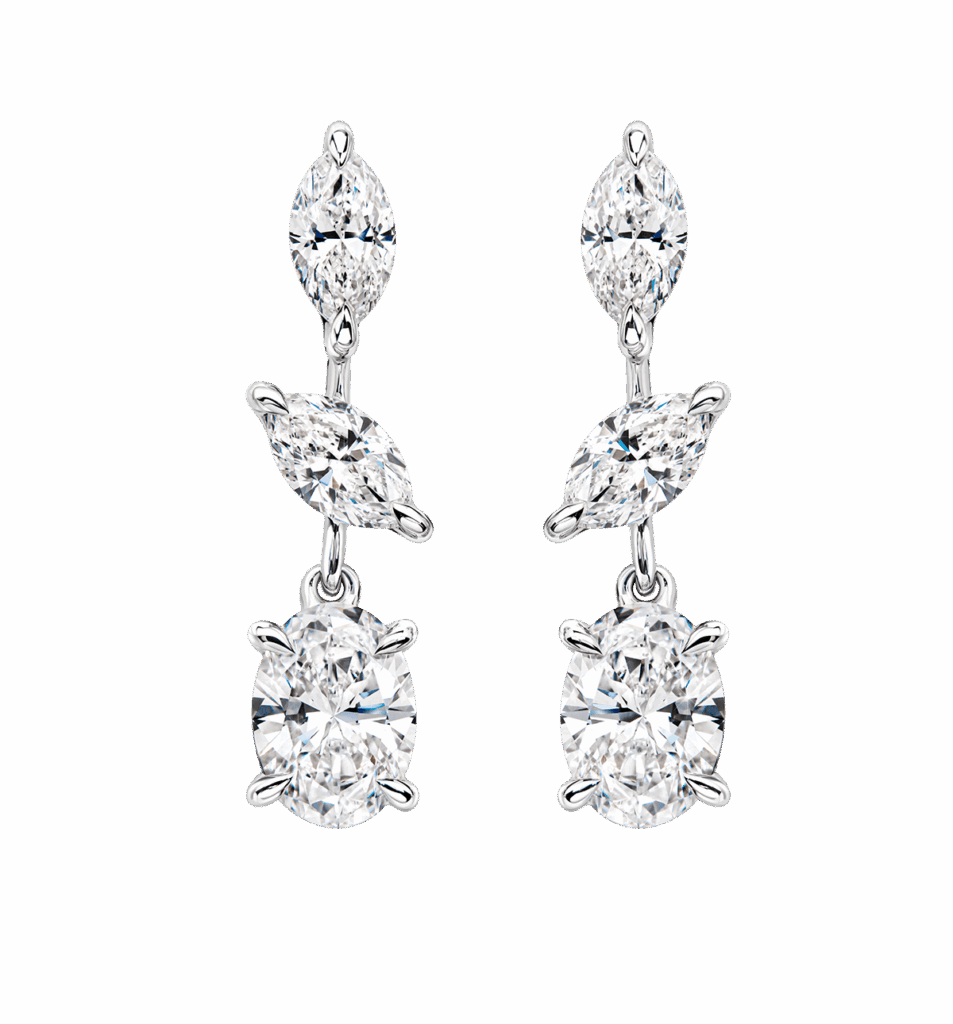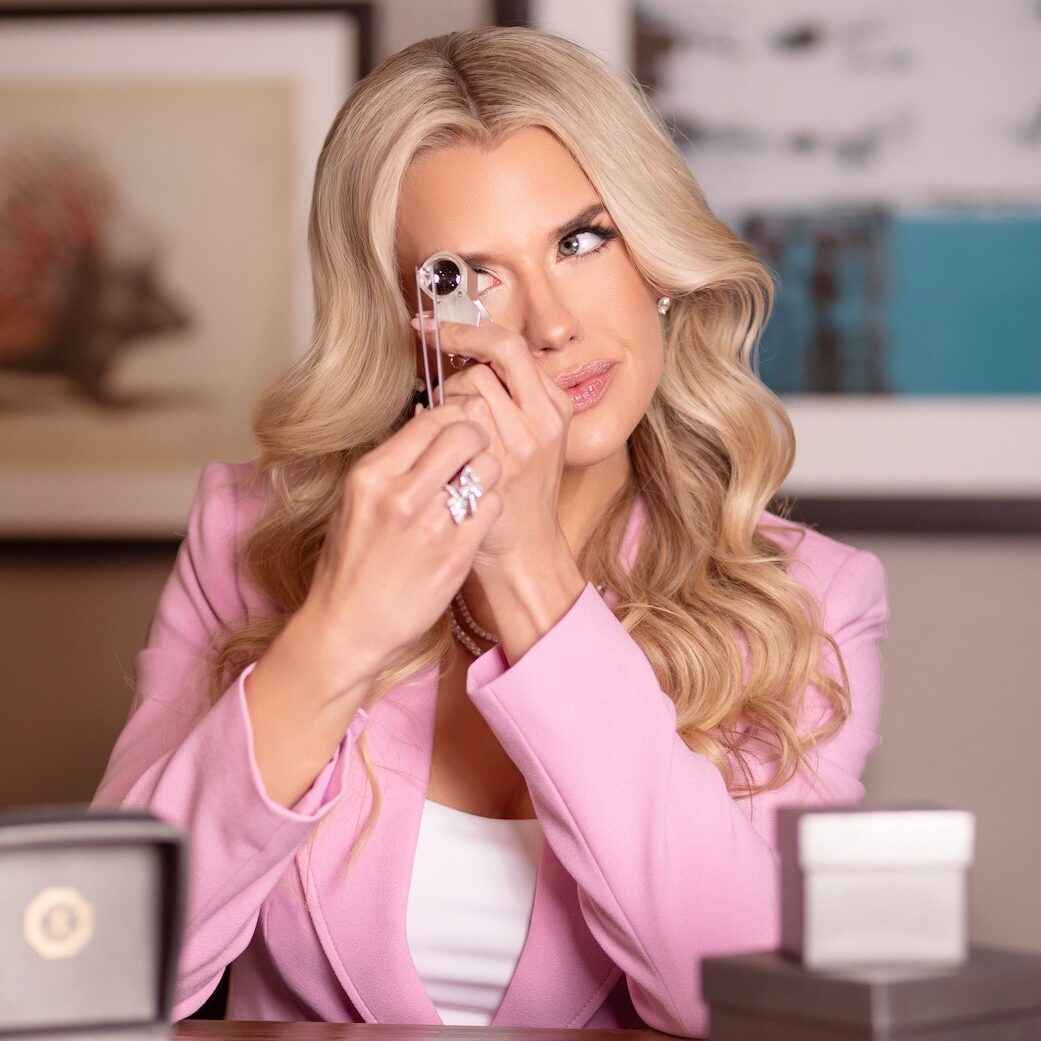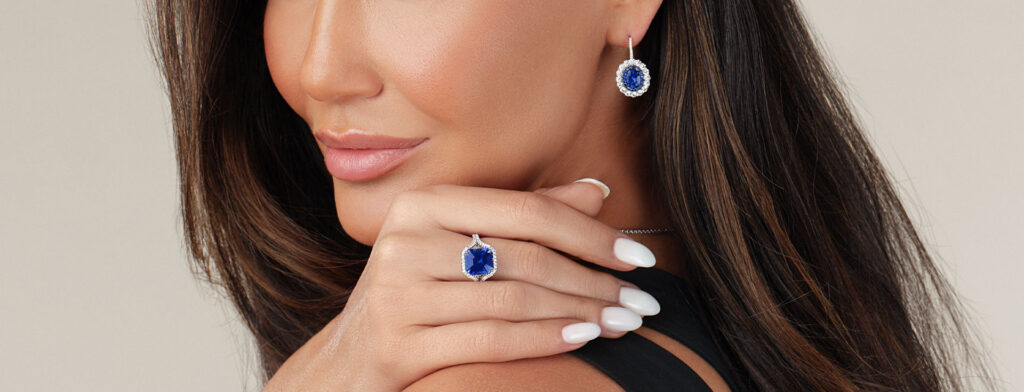Brilliant sparkle framed by soft, curved corners and an impressive display of carat weight—this is the best way to describe the oval diamond. This gorgeous and glamorous gem has captured the attention of brides everywhere, gaining significant popularity over the last decade. While all fancy-shaped diamonds are captivating, the oval diamond is one of the most timeless and pleasing shapes to consider when purchasing a diamond. It’s also one of the few shapes that works well with white diamonds, fancy colored diamonds, and nearly every colored gemstone. Here’s everything you need to know about the ever-loved oval diamond.
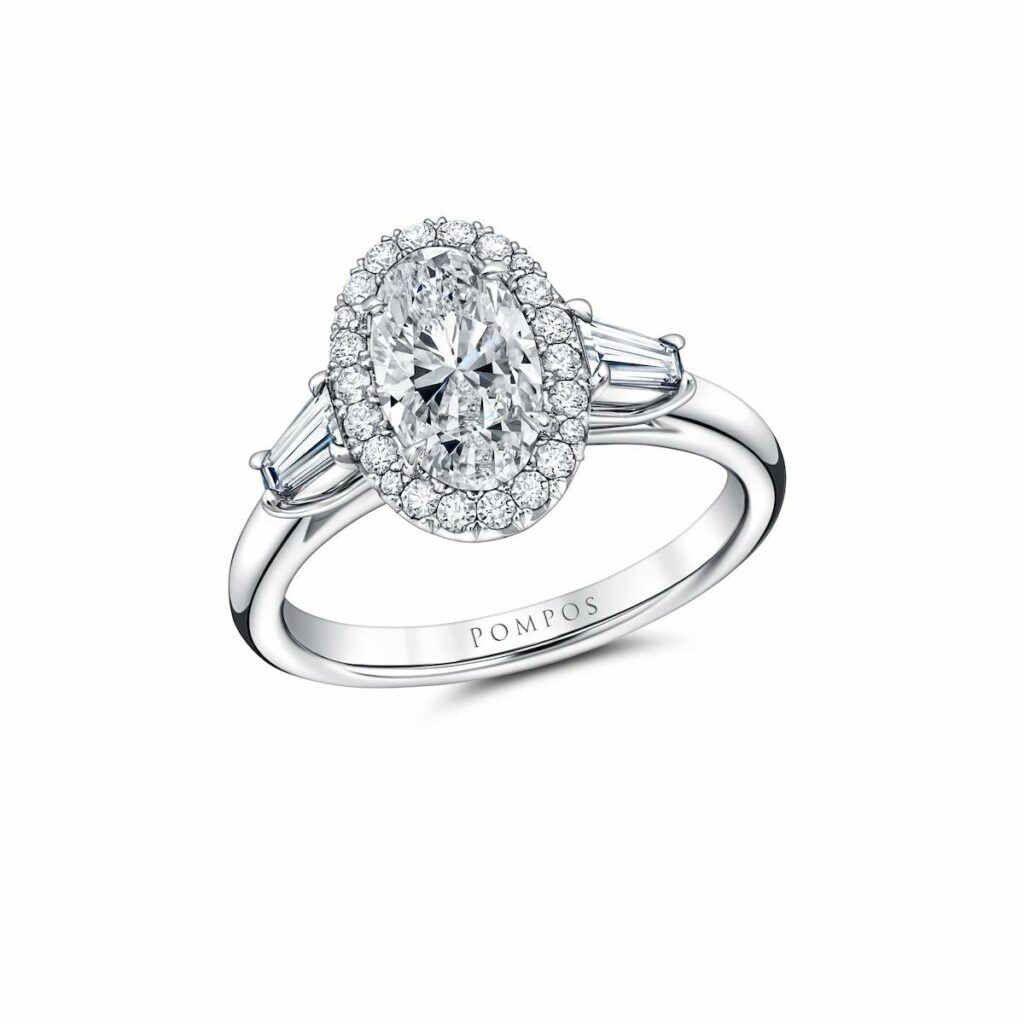
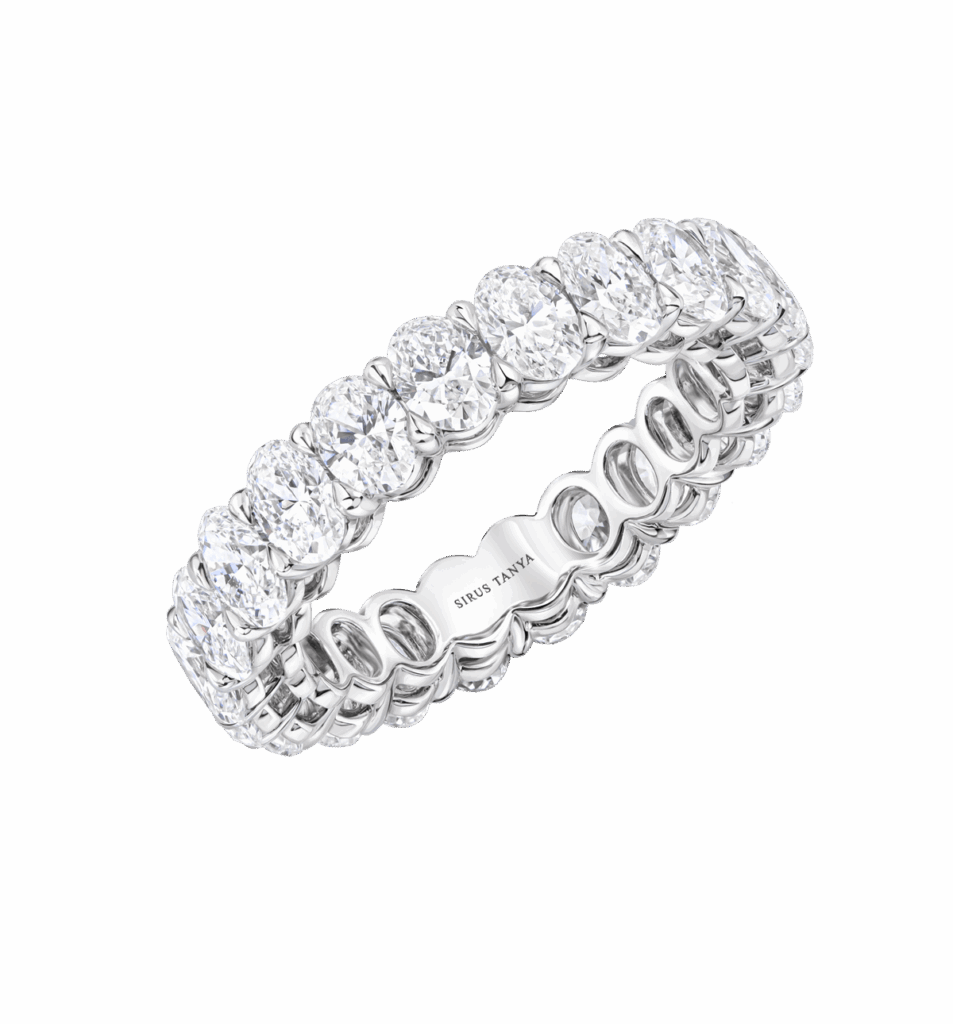

What Makes Oval Diamonds Unique?
Not all oval diamonds are created equal—they come in a variety of specific shape nuances and proportions. While the round diamond is the only shape with a quantifiable overall cut grade, fancy shapes are a bit more complex—beauty truly is in the eye of the beholder. That said, there are certain proportions that are considered more pleasing and well-balanced. Oval diamonds with a 1.35 to 1.55 length-to-width ratio are typically seen as the most ideal. Anything smaller than a 1.35 ratio tends to look fuller and is often referred to as a “roval” (round oval), while anything more elongated starts to resemble a marquise with rounded tips.
The Bowtie Effect: What You Should Know
Additionally, if the oval diamond is poorly proportioned, it may display what’s known as the “bowtie effect.” This happens due to light leakage and appears as an unbalanced dark spot at the center of the diamond. Some bowtie is normal and acceptable, but the most beautifully cut oval diamonds show minimal bowtie and maximum brightness throughout the entire diamond. This can be seen in the dark, shadowy pattern that appears across the table—the largest facet—of an oval diamond in the image below:

When purchasing a diamond, opt for one with a GIA certification (the only certificate to trust for any diamond of any size or caliber). The GIA will assess polish and symmetry, grading them as Excellent, Very Good, Good, Fair, or Poor. While there’s no overarching cut grade like the round diamond, aim for an oval diamond with a Very Good+ grade in both polish and symmetry.

More importantly, trust your eye. When evaluating an oval diamond, focus on overall cut quality and look for a lively, radiant stone with a crisp faceting pattern that captures the light. Check the symmetry to ensure the shape is even and not lopsided. A well-proportioned oval diamond, no matter the size, will display scintillation and sparkle that is truly unrivaled.
Choosing the Right Oval: Proportions & Symmetry
From lemon yellow to soft blush pink, the oval shape isn’t just exceptional with white diamonds—it’s also an ideal choice for fancy colored stones. Another advantage of oval diamonds is their ability to display carat weight elegantly. While an asscher or cushion-cut diamond can appear bottom-heavy (due to a more concentrated pavilion), a well-proportioned oval extends the diamond’s carat weight across the length of the finger, creating a flattering effect.

The oval shape is also one of the top choices for colored gemstones like rubies and sapphires. Once mounted, the oval looks stunning in various setting styles, including solitaire, halo, and three-stone designs. It’s equally adaptable for earrings, necklaces, and bracelets. There’s so much to love about the oval that it’s easy to see why this fancy shape is so vibrantly celebrated.


